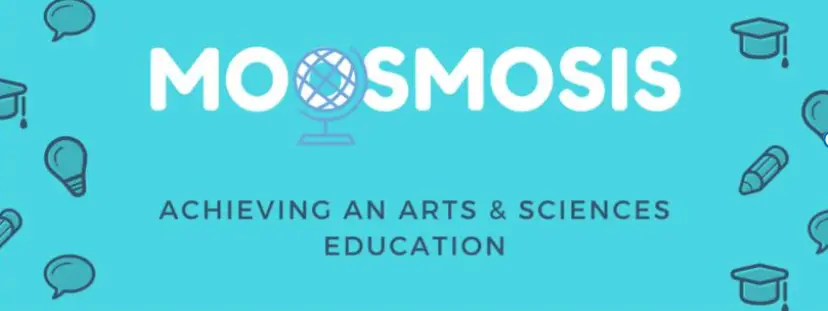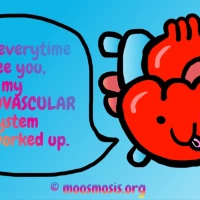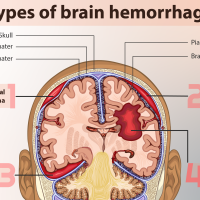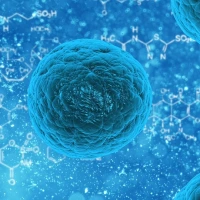Digoxin is a drug that treats heart arrhythmias, left ventricular systolic dysfunction, and heart failure. In this succinct educational lesson, we learn about how digoxin works in treating heart arrhythmias and heart failure, digoxin toxicity and common side effects, and treatment for digoxin toxicity. We also have a mini quiz at the end, so you can test your knowledge on the pharmacology of digoxin.
What are you waiting for? Hop on. Let’s go! 🙂

Mechanism of Action (MOA) of Digoxin
Digoxin inhibits Na/K ATPase pump. This prevents sodium from leaving the cell and potassium from entering the cell. As a result, intracellular concentration of sodium is high, and extracellular concentration of potassium is high.
Digoxin leads to: High Sodium [intracellular] & High Potassium [Extracellular]
Another mechanism of action of digoxin is inhibition of the Na/Ca exchange pump. In a cell under normal physiologic function, the intracellular concentrations of calcium are kept low. This is helped by the mechanism of the Na/Ca exchange pump that pumps calcium out of the cell in exchange for pumping sodium into the cell. However, under digoxin’s effects, the inhibited Na/K ATPase pump from before caused high intracellular sodium concentration. There is simply too much sodium in the cell. Therefore, the Na/Ca pump is inhibited and can no longer pump calcium out in exchange for sodium coming in. Instead, digoxin causes calcium to leak into the cell, raising intracellular calcium levels. High calcium levels cause higher contractility, which in turn helps a diseased heart like that in heart failure to pump and contract more.

Toxicity and Side Effects of Digoxin
Digoxin is controversial because it has a narrow therapeutic index and high toxicity. Remember that narrow therapeutic index means that it only takes a small amount of digoxin to be effective, but that also means increasing the dose by even a little higher can have severe fatal side effects.
Common toxicity and side effects of digoxin include yellow halo vision (seeing everything in yellow colors), severe GI problems and nausea, hypokalemia, and even arrhythmias. You may be wondering doesn’t digoxin help stop arrhythmias? Well, yes, you’re absolutely right, but an overdose of digoxin can even cause arrhythmia. That is why some doctors prefer to not prescribe digoxin for patients. Severe toxicity can even include renal failure and severe hypokalemia.

Treatment for Digoxin’s Side effects and Overdose
Treatment for digoxin’s side effects and overdose includes magnesium, activated charcoal, and digoxin antibodies (Fab).
Check out these popular articles 🙂
Circulatory System: Blood Flow Pathway Through the Heart
Ectoderm vs Endoderm vs Mesoderm
Circulatory System: Heart Structures and Functions
Ductus Arteriosus Vs Ductus Venosus Vs Foramen Ovale: Fetal Heart Circulation
Autocrine vs Paracrine vs Endocrine: What are the Differences?
Upper Vs Lower Respiratory System: Upper vs Lower Respiratory Tract Infections
Seven General Functions of the Respiratory System
Kidney Embryology & Development: Easy Lesson
Psychology 101: Crowd Psychology and The Theory of Gustave Le Bon
Cell Membrane Dynamics: Flippase Vs Floppase Vs Scramblase
Shoulder Abduction Muscles: Medical Anatomy and USMLE
Top Websites Like Sparknotes: 15 Free Sites and Resources Similar to Sparknotes
Cell Membrane Fluidity: Factors That Influence and Increase the Cell Membrane Fluidity
Copyright © 2024 Moosmosis Organization: All Rights Reserved
All rights reserved. This essay first published on moosmosis.org or any portion thereof may not be reproduced or used in any manner whatsoever
without the express written permission of the publisher at moosmosis.org.
Please Like and Subscribe to our Email List at moosmosis.org, Facebook, Twitter, Youtube to support our open-access youth education initiatives! 🙂
Answers to Digoxin Quiz
- The answer is B. Blue gray skin, which is not a side effect found in Digoxin. In fact, blue-gray skin can be found in another arrhythmia drug, amiodarone!

















Excellent essay on digoxin!
LikeLiked by 2 people
Superb article on heart failure meds!
LikeLiked by 1 person
Excellent article! It’s so helpful. Now I know whether I need to go to urgent care or the hospital. Thanks!
LikeLiked by 2 people